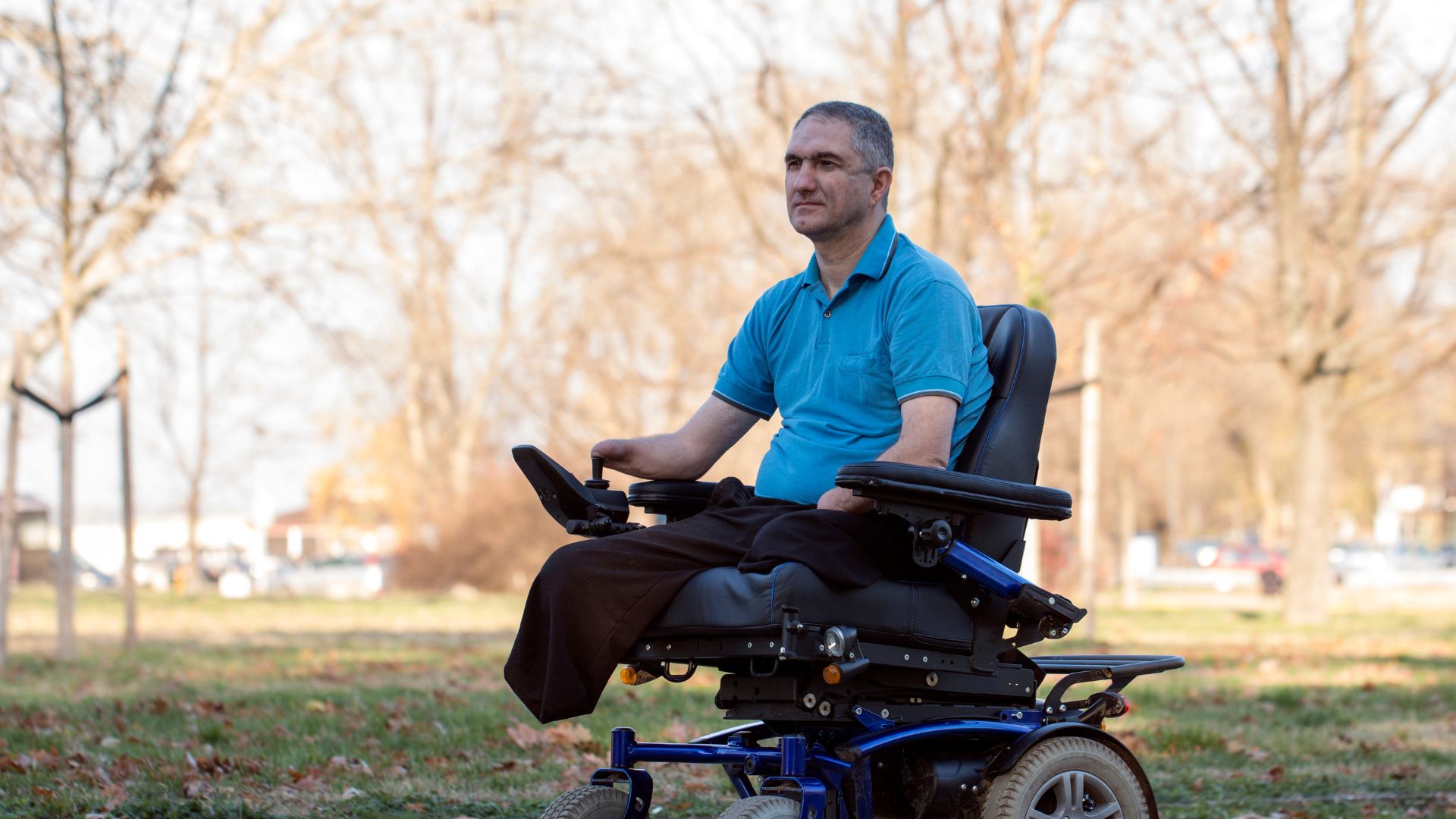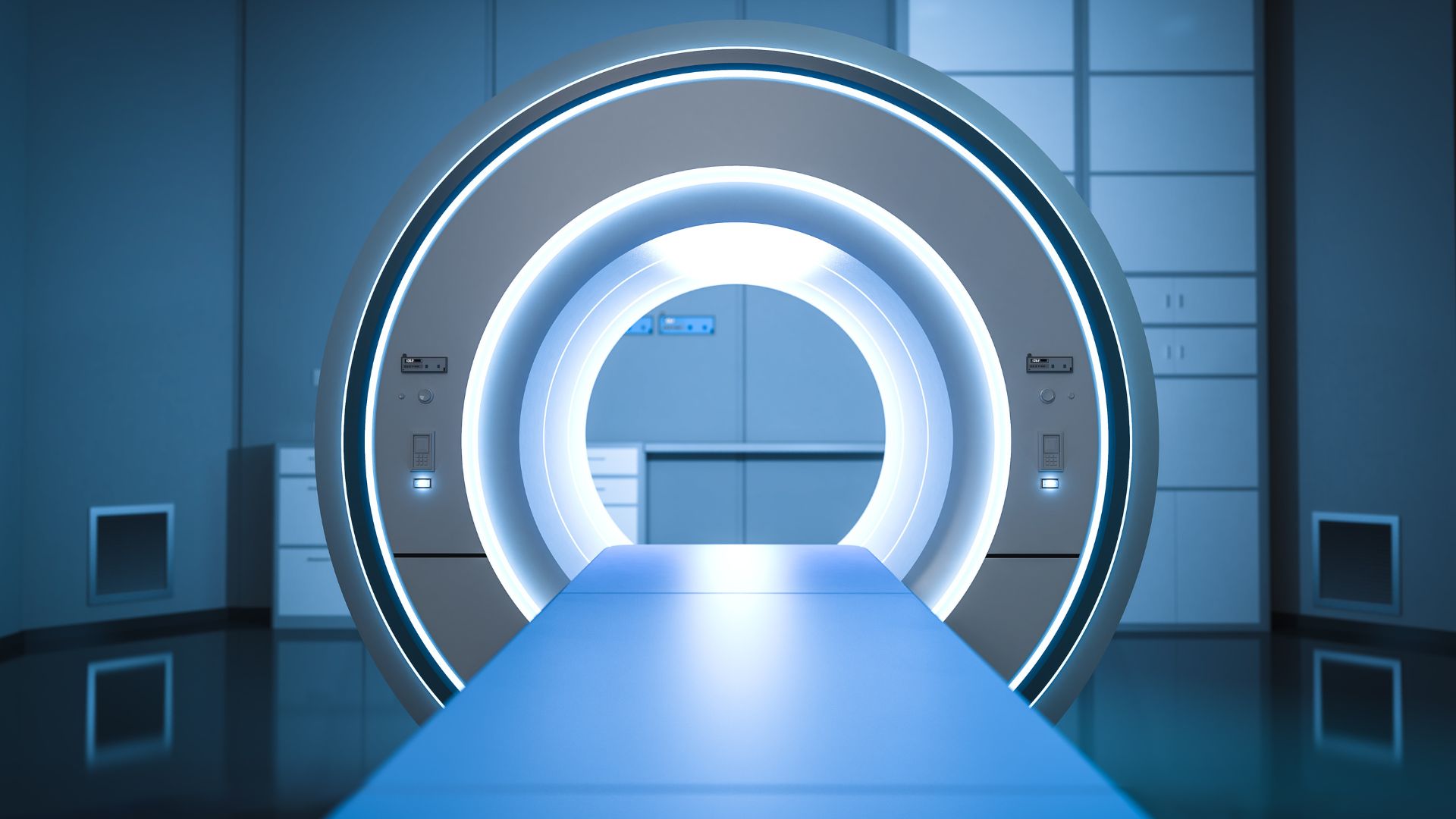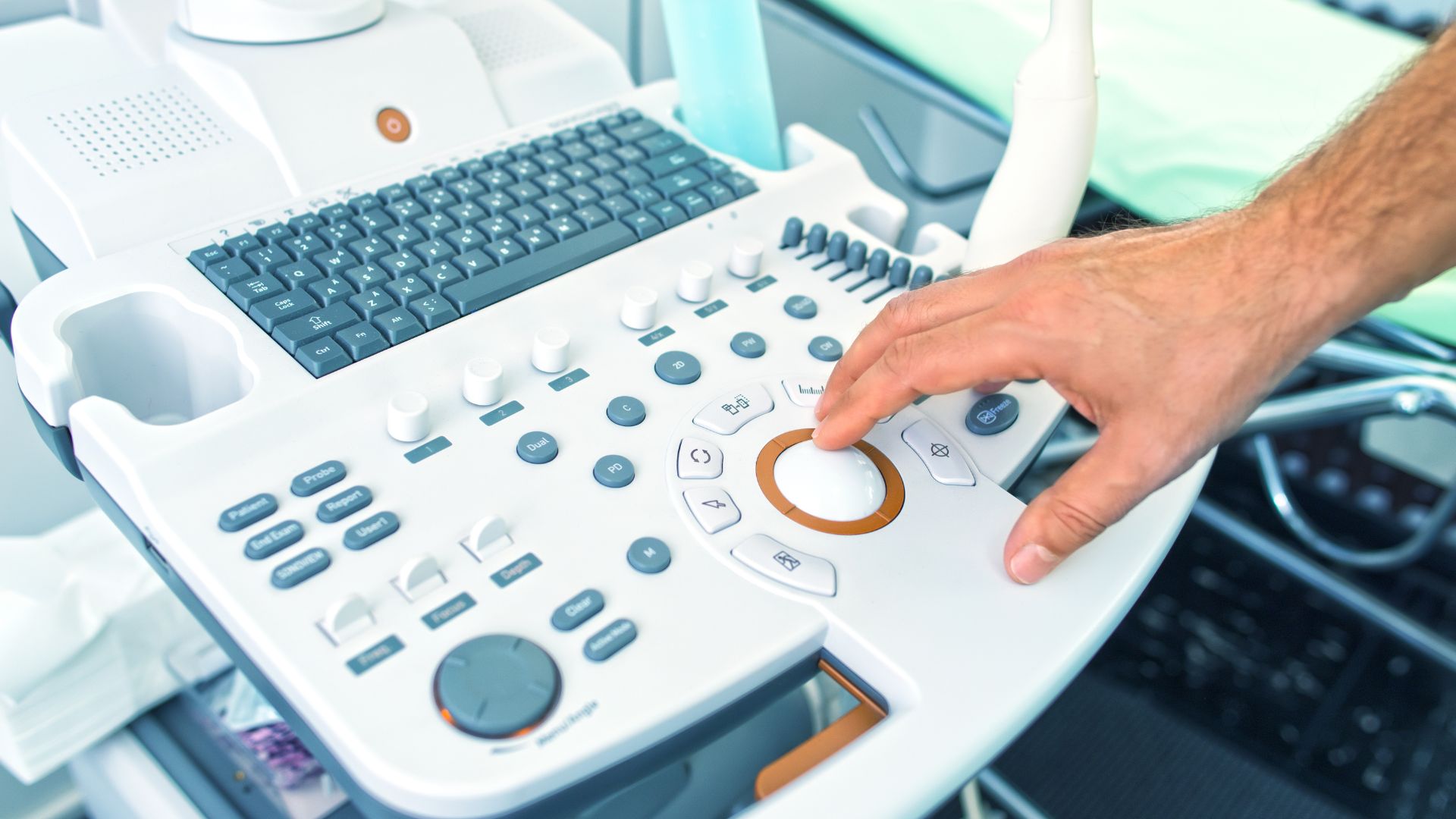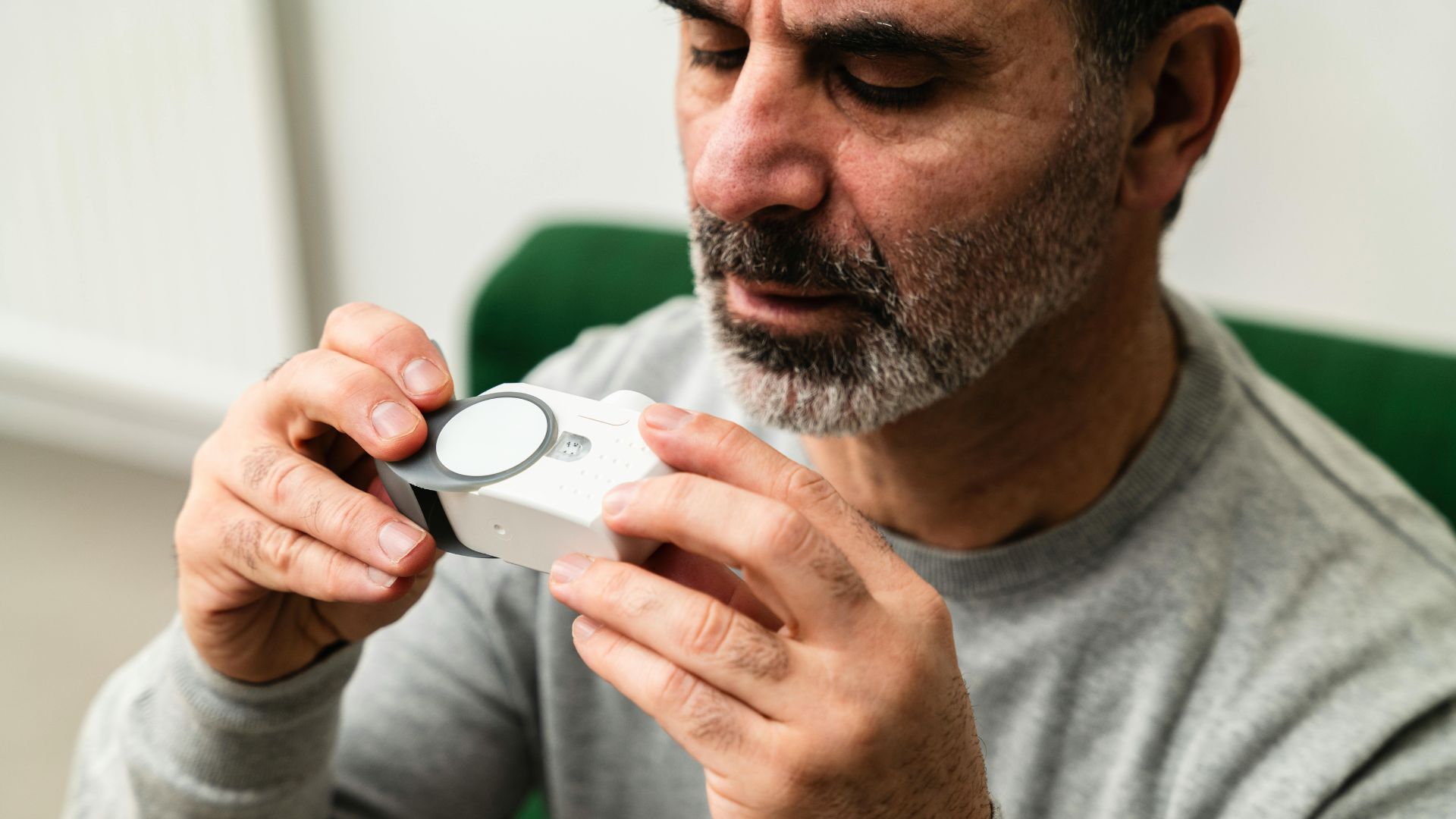FDA Class II medical devices represent the largest and most diverse segment of the U.S. device market. These products pose a moderate risk to users and patients—greater than Class I devices but not high enough to require the extensive scrutiny reserved for Class III. Class II devices include everything from powered wheelchairs and infusion pumps to surgical drapes, blood pressure cuffs, and diagnostic imaging software. With over 40% of all medical devices falling into this category, understanding the regulatory requirements for Class II products is critical for U.S. market access and sustained compliance.
Class II devices are typically subject to both general controls and special controls. While most require submission of a premarket notification (510(k)) to the FDA, a small subset is exempt from premarket review. Whether exempt or not, manufacturers must maintain an operational Quality System Regulation (QSR), adhere to labeling requirements, track adverse events, and ensure that claims made in marketing materials do not exceed the device’s intended use.
This article explores the core regulatory expectations for FDA Class II medical devices, including classification, 510(k) submission, quality system compliance, and postmarket oversight. It provides a roadmap for manufacturers launching or maintaining Class II products, with insights that help streamline submissions, avoid enforcement risks, and ensure lifecycle readiness.
What Is a Class II Device Under FDA Regulation?
The FDA classifies medical devices based on risk and regulatory oversight required to ensure safety and effectiveness. Class II devices are defined as those for which general controls alone are insufficient and for which special controls are necessary to mitigate risks. The statutory foundation for classification is found in Section 513 of the Federal Food, Drug, and Cosmetic Act.
Examples of Class II devices include surgical power tools, dental handpieces, orthopedic implants, digital thermometers, and many types of diagnostic and therapeutic software. These devices may be electrically powered, come into prolonged contact with the body, or require validation of function due to their role in clinical decision-making.
Classification depends on the device’s intended use and technological characteristics. Devices that are substantially equivalent to already legally marketed devices may be eligible for the 510(k) pathway. Devices that lack a predicate but are still considered low to moderate risk may follow the De Novo pathway.
The 510(k) Submission Process: Structure and Strategy
The premarket notification process—commonly referred to as the 510(k)—is the most common route to market for Class II devices. It involves demonstrating that the new device is substantially equivalent to a legally marketed predicate device in terms of intended use and technological characteristics.
A standard 510(k) includes:
- A description of the device and its intended use
- Substantial equivalence comparison to the predicate
- Performance testing (bench, animal, and/or clinical)
- Biocompatibility and sterilization validation (if applicable)
- Software documentation following FDA’s Level of Concern matrix
- Electrical safety and electromagnetic compatibility testing (e.g., IEC 60601)
- Labeling, instructions for use (IFU), and risk analysis
FDA aims to review traditional 510(k) submissions within 90 calendar days, although actual review times vary. The use of the FDA eSTAR program—an interactive electronic submission template—is encouraged and may soon become mandatory.
Manufacturers must also account for Refuse to Accept (RTA) criteria and prepare for potential Additional Information (AI) requests that can delay clearance. Submissions should be strategic, well-organized, and developed in collaboration with regulatory affairs professionals.
Special Controls and Their Impact on Design and Labeling
Special controls are device-specific requirements established by the FDA to ensure safety and effectiveness. These controls may include:
- Mandatory guidance documents
- Performance standards
- Labeling requirements
- Clinical data requirements
- Postmarket surveillance or registry participation
Manufacturers must review the applicable regulation and FDA-recognized consensus standards associated with their product code. For example, a Class II surgical mask must meet flammability, filtration efficiency, and breathability standards established by ASTM F2100 and 21 CFR 878.4040.
Labeling should align with special control guidance and should not imply performance characteristics that were not demonstrated through validated testing. Deviating from labeling claims accepted in the 510(k) can trigger enforcement actions or reclassification.
Quality System Regulation (QSR) and Risk-Based Control
Class II manufacturers must establish and maintain a Quality Management System that complies with 21 CFR Part 820, which outlines the FDA’s Quality System Regulation. This includes:
- Design Controls: Structured development processes, verification and validation, and design history documentation.
- Document and Record Control: Managing procedures, SOPs, and quality records for traceability.
- Purchasing Controls: Ensuring supplier qualification and incoming inspection.
- Production and Process Controls: Validating and monitoring manufacturing activities to ensure consistency.
- Corrective and Preventive Actions (CAPA): Investigating and resolving quality issues.
- Complaint Handling and MDR: Capturing, evaluating, and reporting complaints and adverse events.
FDA inspections (conducted under the QSIT protocol) will assess the effectiveness of these systems. The upcoming Quality Management System Regulation (QMSR) is expected to harmonize 21 CFR Part 820 with ISO 13485:2016, aligning U.S. requirements with global best practices.
Software and Digital Health Devices in Class II
An increasing number of Class II devices incorporate software, from user interfaces and control systems to algorithmic diagnostic tools. These products must comply with specific FDA expectations for Software as a Medical Device (SaMD) and embedded software.
Software documentation must include:
- Software Description and Architecture
- Hazard Analysis and Risk Controls
- Software Verification and Validation Plan and Reports
- Traceability between software requirements, tests, and hazards
Depending on the Level of Concern (minor, moderate, or major), different documentation levels are required. Cybersecurity considerations are also paramount and must be documented per FDA guidance. Failure to address software issues has led to Warning Letters, recalls, and denied 510(k) clearances.
Postmarket Surveillance and Complaint Management
Once cleared, Class II devices remain subject to rigorous postmarket controls. This includes:
- Medical Device Reporting (MDR) under 21 CFR Part 803 for serious adverse events
- Complaint investigation and trending analysis
- Field safety corrections or recalls under 21 CFR Part 806
- Medical Device Tracking (if applicable under Part 821)
FDA routinely monitors market performance and can initiate inspections or require postmarket surveillance studies (522 studies) for devices of public health concern. Manufacturers must integrate complaint data into their QMS and use it to drive CAPA.
Postmarket changes to a device or its labeling may require a new 510(k) under the FDA’s Deciding When to Submit a 510(k) guidance. Manufacturers must document rationales for change management decisions.
Strategic Considerations for Global Manufacturers
International companies marketing Class II devices in the U.S. must appoint a U.S. Agent and comply with FDA import, registration, and listing requirements. Devices must be labeled in English, bear UDI codes, and be listed in the FDA’s Global Unique Device Identification Database (GUDID).
Additionally, global manufacturers should consider leveraging their ISO 13485 certification and CE Mark technical files to streamline FDA compliance. While FDA does not automatically accept EU documentation, aligned systems make FDA inspection readiness more achievable.
Manufacturers participating in the Medical Device Single Audit Program (MDSAP) can benefit from reduced FDA inspection frequency, provided their MDSAP audit scope includes applicable FDA requirements.
Class II Devices and Regulatory Maturity
Bringing a Class II medical device to market in the United States is achievable with the right preparation, documentation, and systems. These devices may be moderate in risk, but they demand mature regulatory strategy, strong QMS implementation, and clear internal coordination.
Successful manufacturers of Class II devices build cross-functional submission teams, align product development with FDA expectations, and treat postmarket obligations with the same rigor as premarket preparation. They use data not only for compliance—but as a tool for improving safety, performance, and customer satisfaction.
In a competitive and highly visible segment of the market, regulatory excellence in Class II devices is a hallmark of brand credibility, operational reliability, and long-term success.








